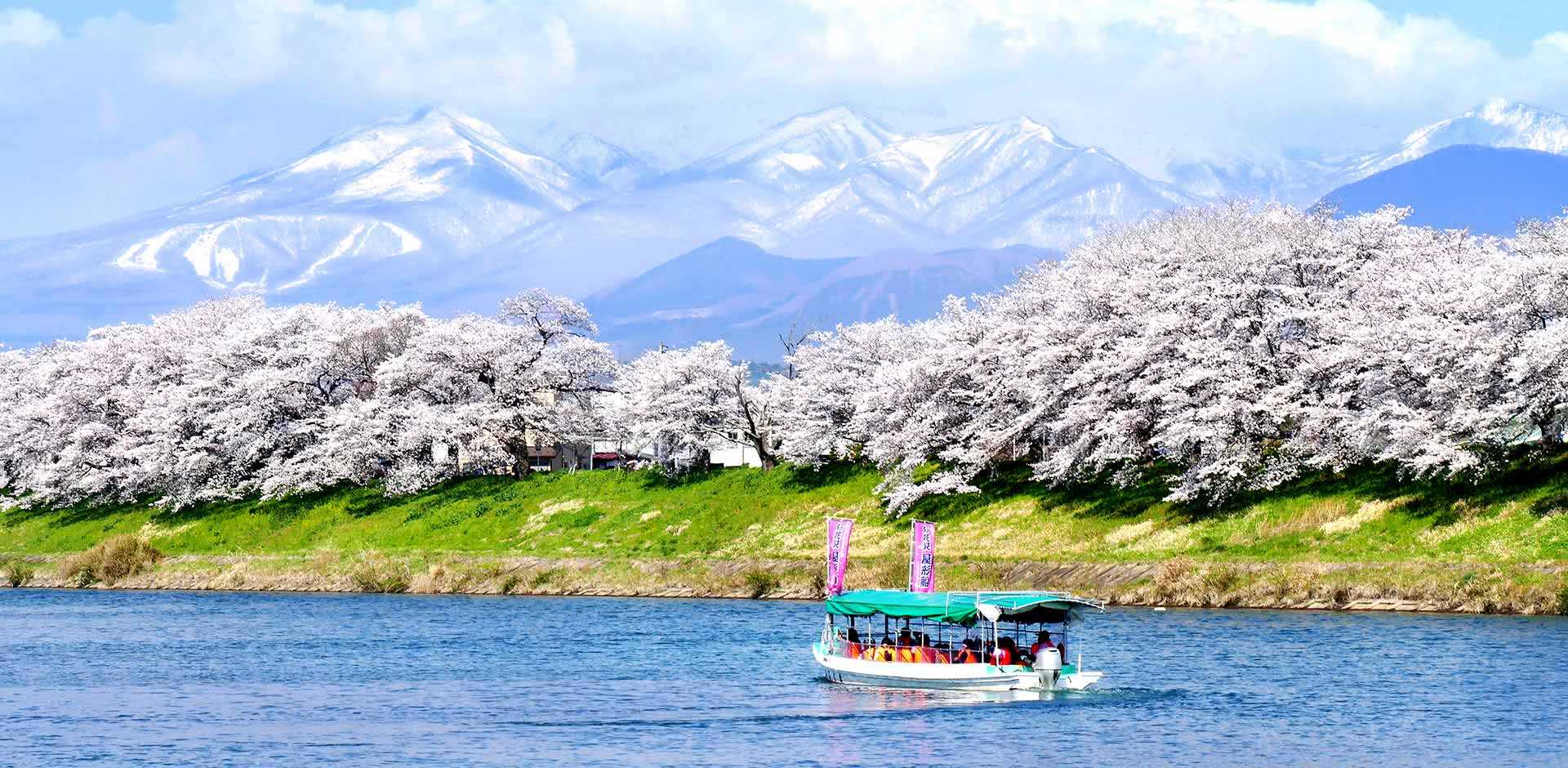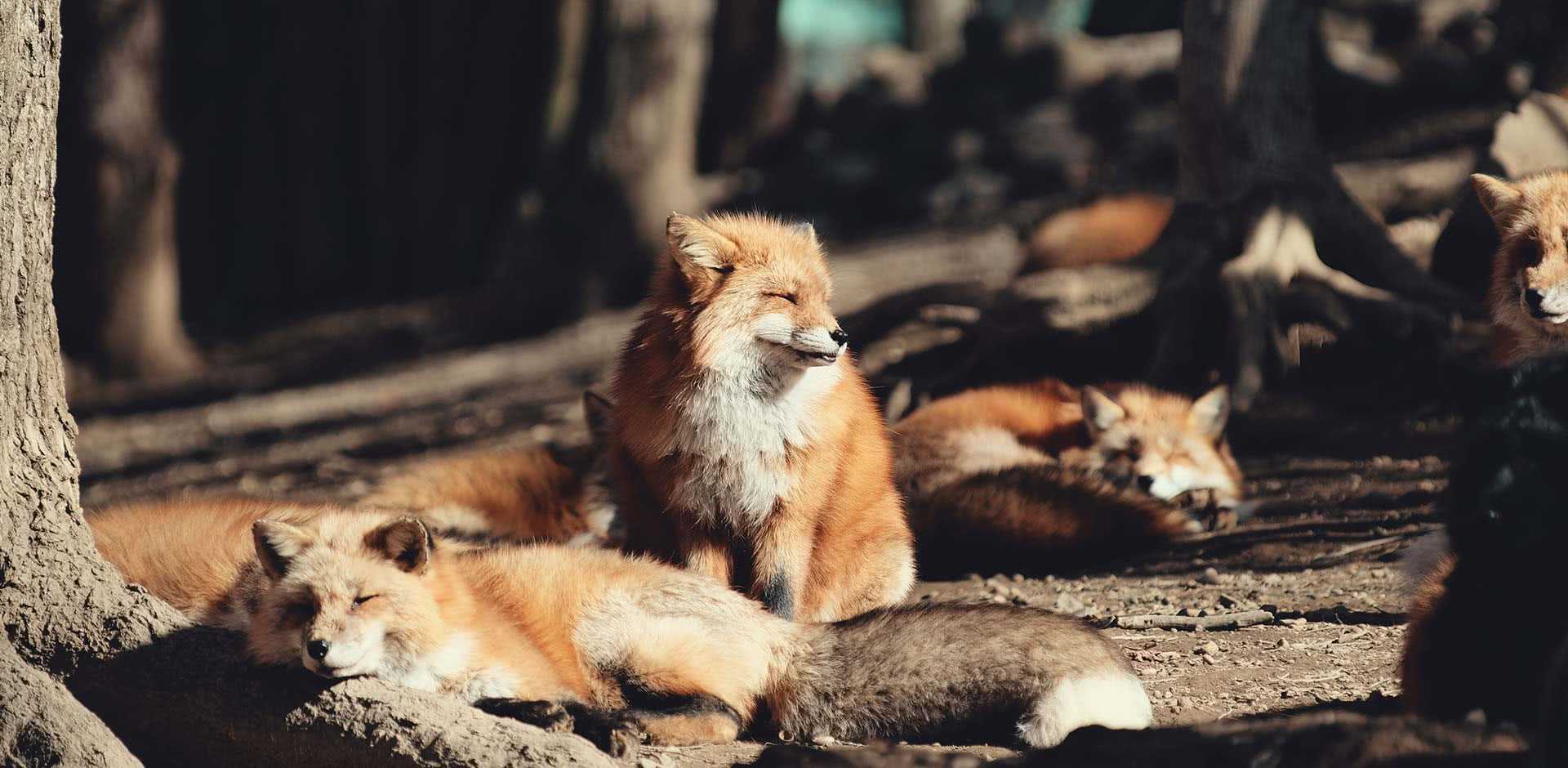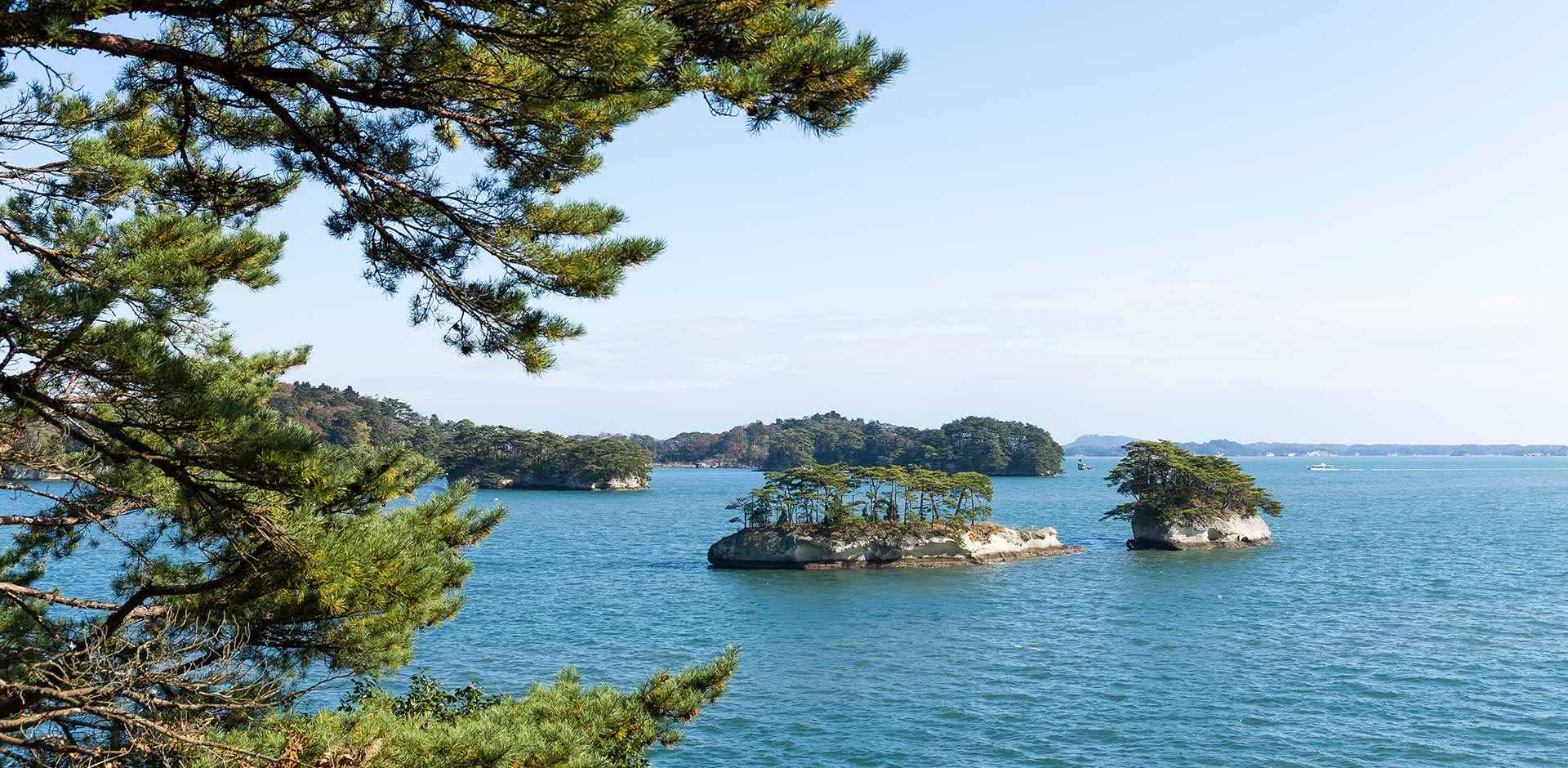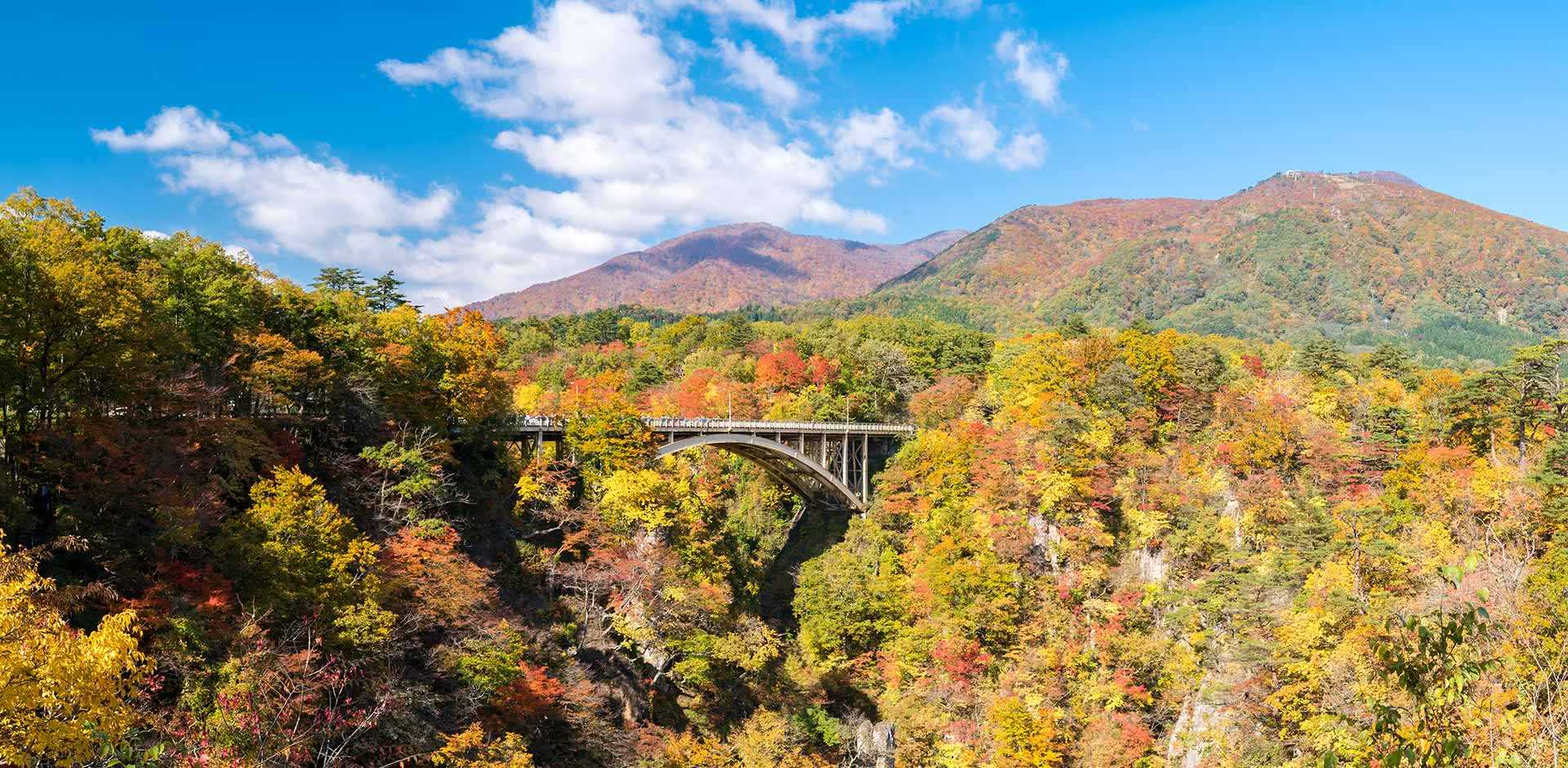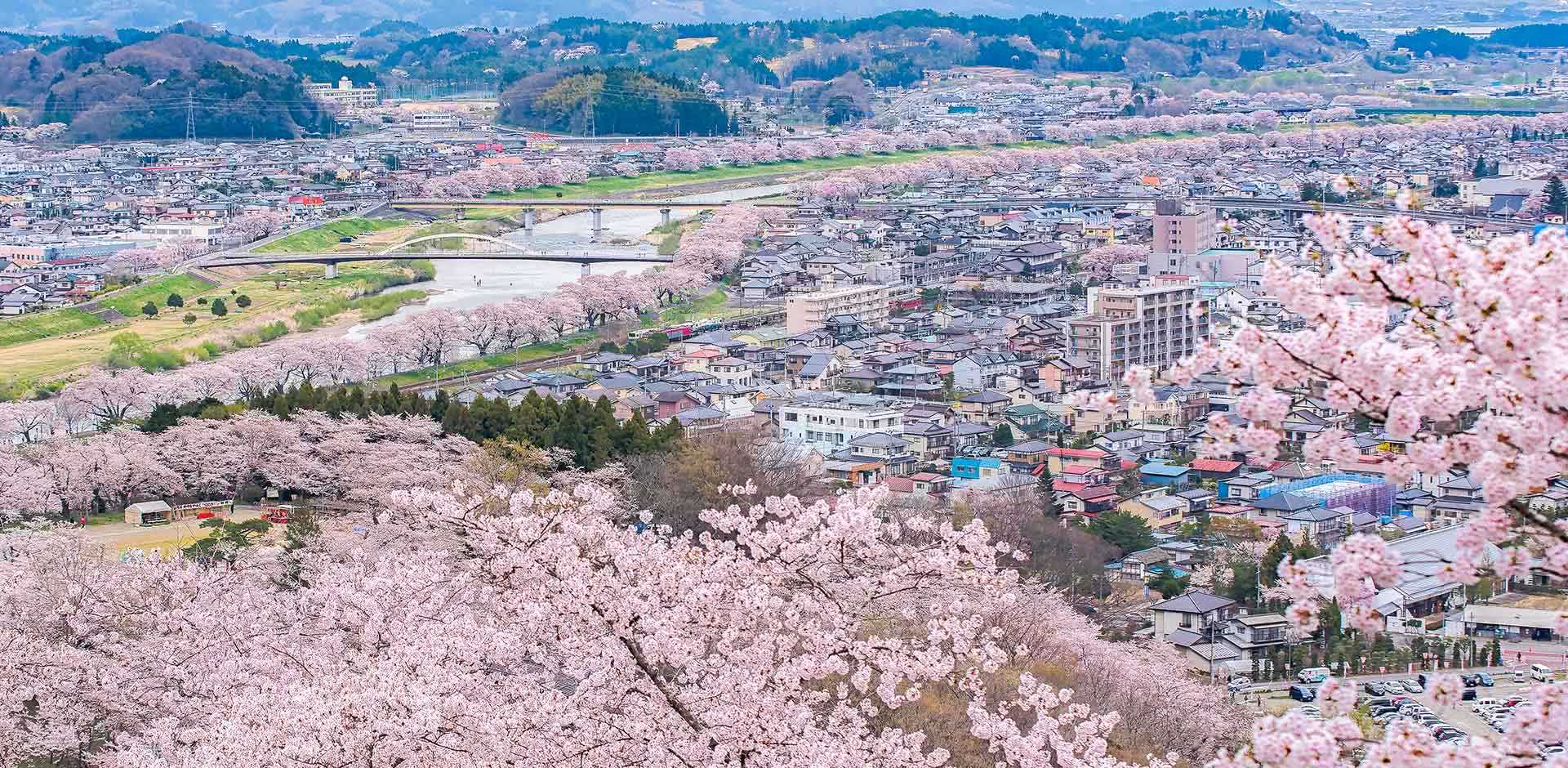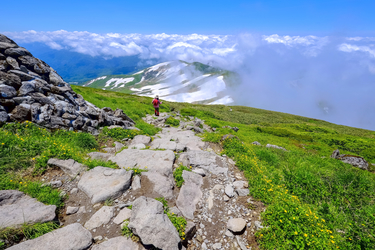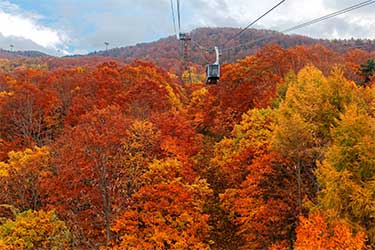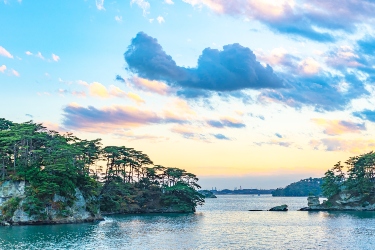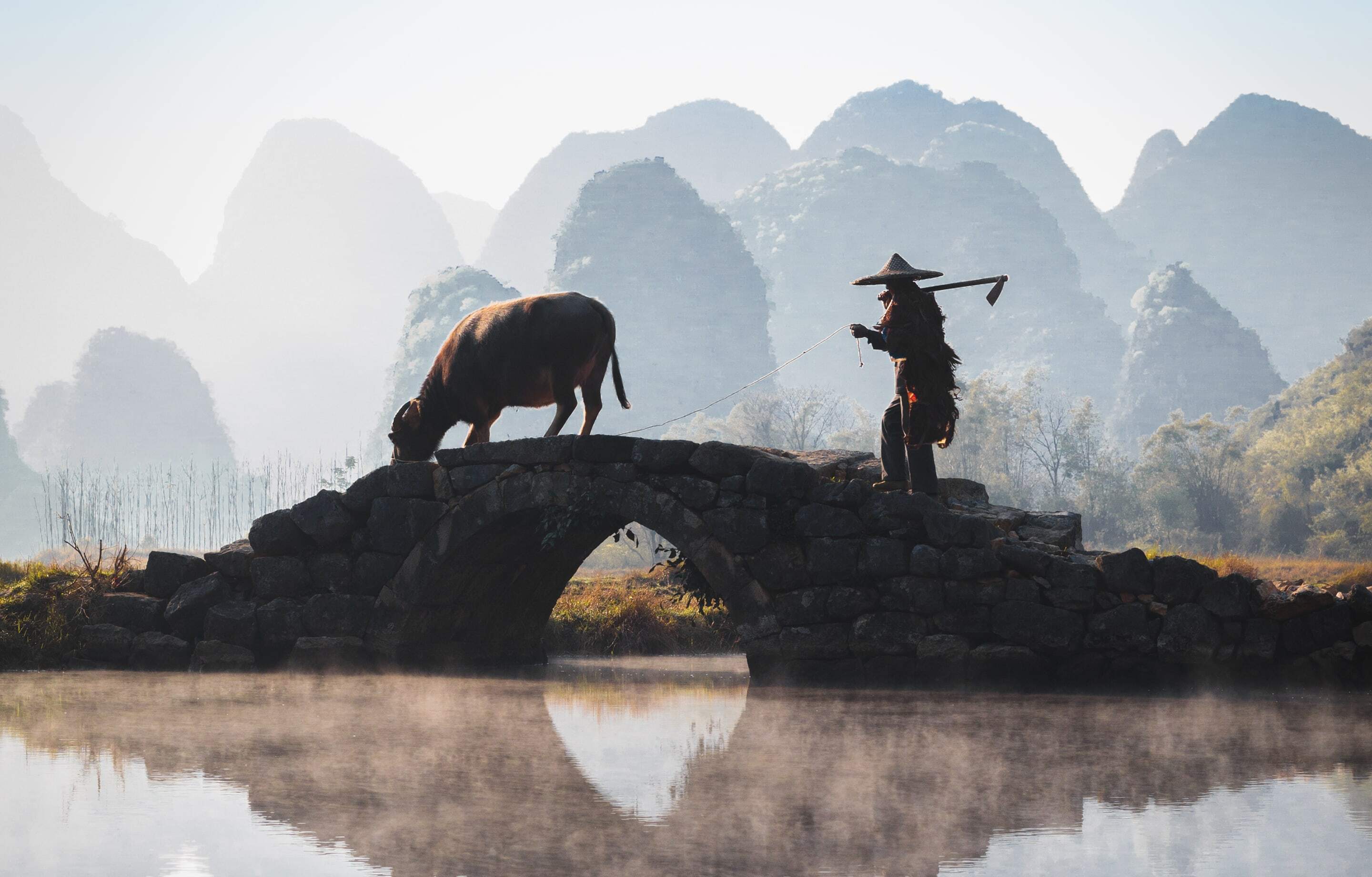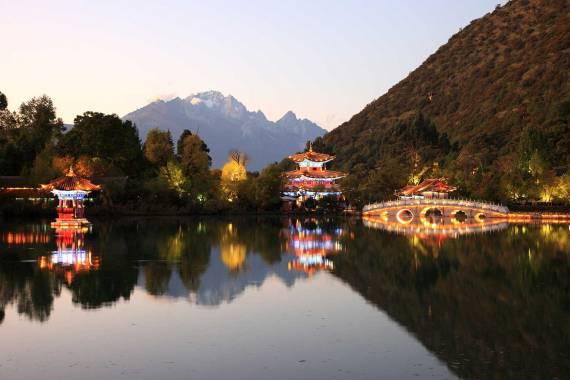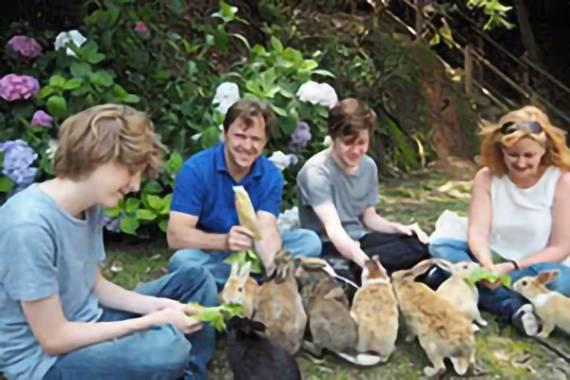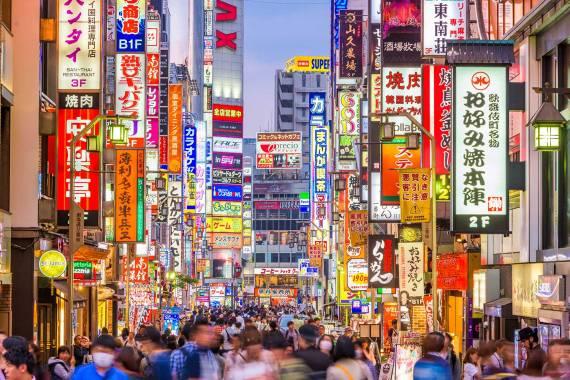
Chikusenso Mt. Zao Onsen Resort & Spa
Nestled at the foot of Mt. Zao in a vast area of supreme beauty known for its lavish, verdant forests, pure running streams and rivers whose soothing sounds fill the air, and, of course, hot springs, ChikusensoMt. Zao Onsen Resort & Spa is a haven of peace and tranquility. The refined and luxurious hotel in Zao Quasi-National Park offers a selection of both Western beds or tatami mat and futon rooms with tasteful décor blending modern and traditional Japanese elements. Every one of the spacious rooms features large windows, a seating area, a 40-inch LCD TV with DVD player, a minibar, and an espresso coffee maker while the suites each have their own private hot spring bath and living area. At the restaurant, Kamajin, guests can sample and savor the many flavors of the local area with an authentic Kaiseki Ryori, Japan’s traditional multi-course haute cuisine experience. The lunch, dinner, and Japanese-style breakfast are all prepared with fresh, locally-sourced ingredients. The natural hot spring sources large communal baths and reservable private baths affording views of the scenic surroundings. The hotel also houses a fitness club, bike rental hub, bar, and art gallery while the walls are decorated with fine examples of Japanese art.
